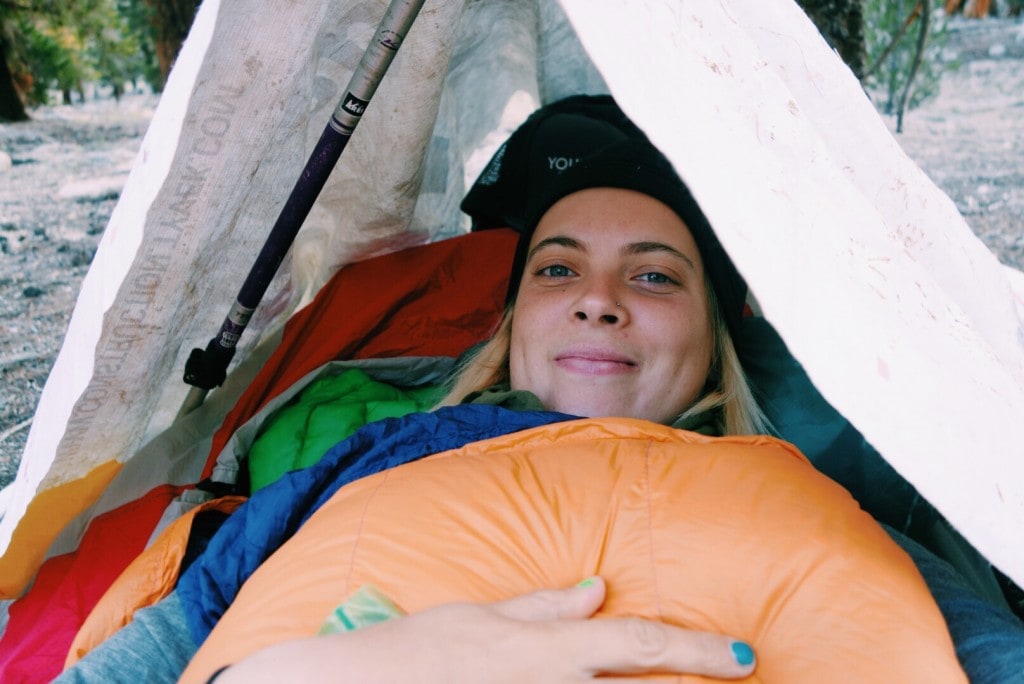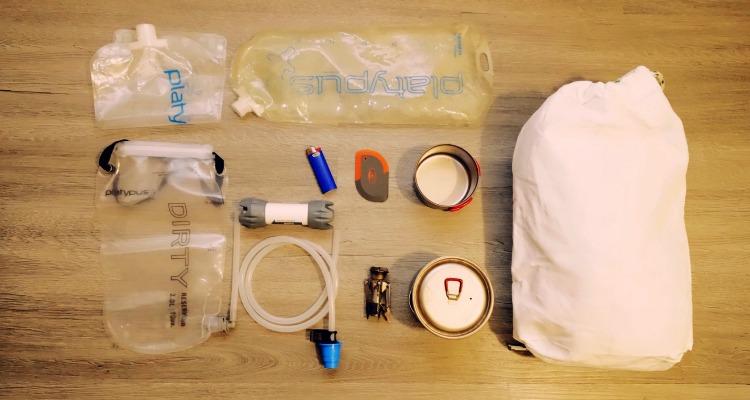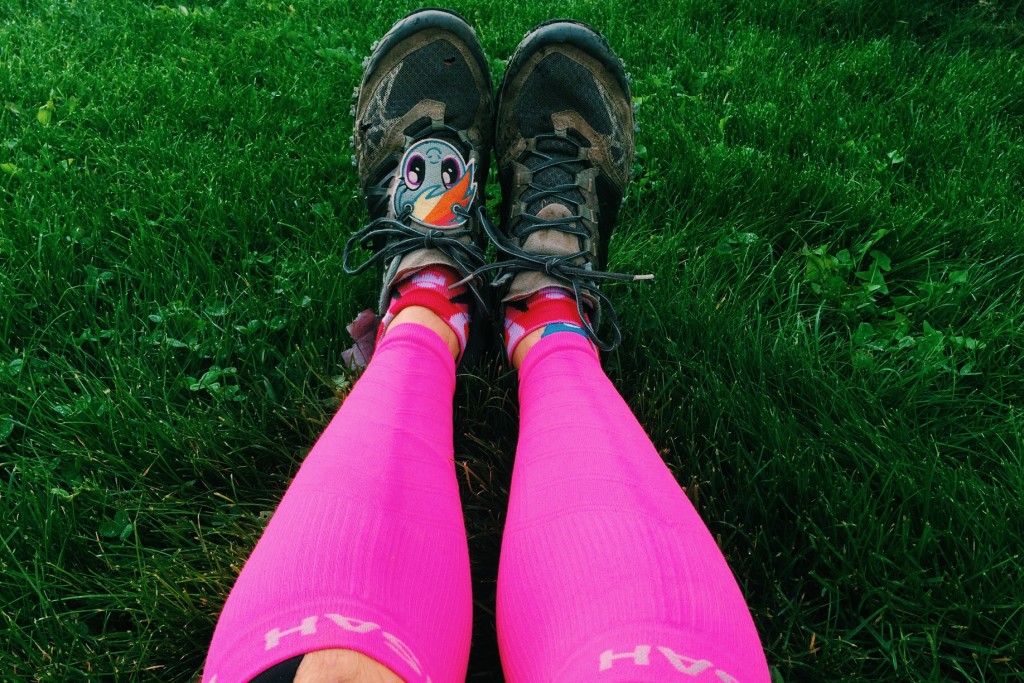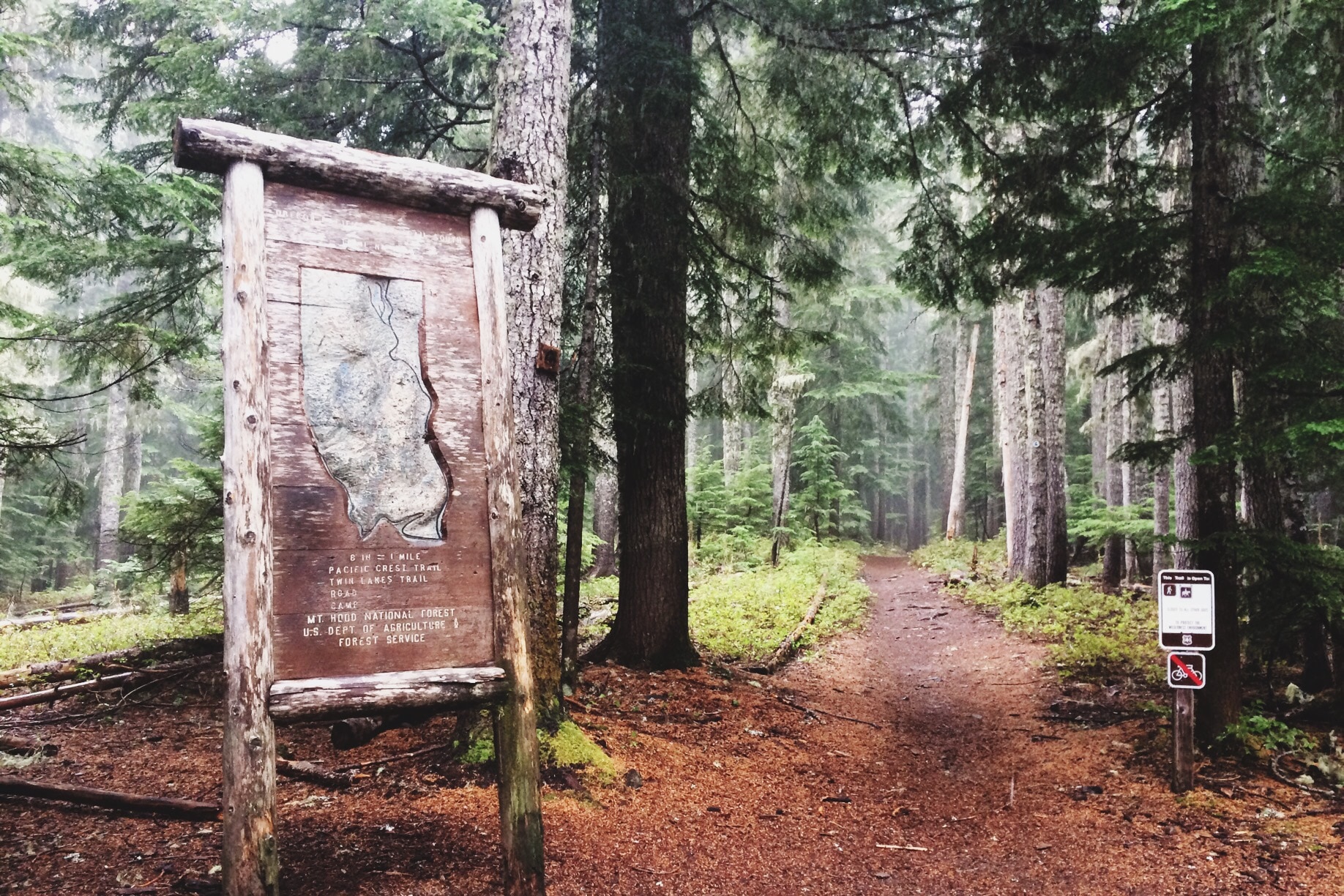Holy cow, you’re amazing. You’ve decided to take on one of the most exciting adventures of a lifetime. But what now? How the heck do you pack everything you need for six months of your life?
Don’t worry. I thru-hiked the Pacific Crest Trail (PCT), and you can, too. Packing isn’t that hard, but you need to know what should (and shouldn’t) go into your backpack to do it right.
1. Shelter
Most thru-hikers carry a tent. Some, like me, make do with a bivy. But the majority of hikers complain about having too little space during those three-day rainstorms. A two-person tent is usually worth the weight.
What to look for: Weight and durability are the two most important factors in choosing a tent. You’ll want something that can keep the rain and snow and wind out, while also being as light as possible.
Popular pick: Big Agnes Copper Spur HV UL 2 Tent
2. Pack
Backpacks are getting lighter every single year. Most thru-hikers choose packs that fall in the 45L–65L capacity range. It all depends upon what gear you’re carrying, how compressible it is and how many days of food you’ll have to carry.
Remember, there are points on the PCT where a bear canister is required—so you’ll need to make sure your gear and your bear canister can both fit in whatever pack you decide upon.
What to look for: Fit is more important than anything else here. You’re going to be wearing this pack day in, day out for days on end. Psst, this is an item you really need in-person guidance for. So head to your local REI and try on all the packs there with the trained staff’s help. Pick the pack that does not rub, squish or pinch anywhere. Then account for durability, needed volume and weight.
Popular pick: Osprey Exos 58 Pack
3. Sleeping bag
While it can get really hot on the PCT (105 degrees!), it can also get cooooold (20 degrees!). Many people opt for a 20-degree bag and are sad in the (often snowy) Sierra. Choose something in the 0- to 15-degree range, and you’ll be toasty warm as all of your compadres shiver.
It’s also worth noting that many thru-hikers have ditched their traditional sleeping bags and gone with trail quilts. The theory is that because you’re compressing the down in the underside of the sleeping bag, it’s essentially worthless (although still cozy and great for side sleepers). You save weight without losing warmth.
What to look for: Temperature rating is everything. Get something that will keep you warm. Seriously. Don’t bring a 20-degree bag. Also, it’s worth making a trip into your local store and making sure a bag’s shoulders, hips and length are correct for your body. Not all sleeping bags fit the same.
Popular pick: REI Co-op Magma 15 Sleeping Bag

My sleep system included a Tyvek ground cover/head cover, trekking poles, bivy, silk liner, 10 degree quilt, and Therm-a-Rest NeoAir XLite Sleeping Pad.
4. Sleeping Pad
Get off the ground and onto comfort. Sleeping pads not only are your ticket to coziness, but they also insulate you from the freezing cold ground. They’re pretty important.
What to look for: Choose the lightest option that is also comfy.
Popular pick: Therm-a-Rest NeoAir XLite NXT Sleeping Pad
5. Water Purification
Treat your water. Some thru-hikers don’t. Then they get giardia.
Most people get the Sawyer Squeeze. Pro tip: don’t get the Sawyer MINI, because it’s way too slow. Upgrade, and you’ll thank me later.
What to look for: Get something lightweight that works. There are plenty of options on the market. But definitely get something.
Popular pick: Sawyer Squeeze Water Filter System
6. Stove
Full disclosure: An incredible 20 percent of respondents on Halfway Anywhere’s 2016 Pacific Crest Trail Thru-Hiker Survey did not carry a stove at all.
It can be pretty nice to have hot meals and hot coffee, but it is possible to go without.
What to look for: Weight matters. Get the lightest stove possible that can still boil water in under 10 minutes.
Popular pick: MSR PocketRocket 2 Stove

I used the Platypus GravityWorks Water Filter System, MSR MicroRocket Stove, MSR Titan Tea Kettle and Ursack S29.3 AllWhite Bear Bag (for when I didn’t need a bear canister).
7. First Aid, Repairs and Hygiene
It’s easy to over-pack in this area. What do you need? Only the essentials.
Pro tip: Pack your items and then find a local thru-hiker and watch them parse it down. Better yet, do this with all the items in (and out of) your pack before you start your hike.
What to look for: First aid: antiseptic wipes, gauze pads, bandages, antibiotic cream, blister kit (find out what works for you), ibuprofen, sunscreen, fire starter. Repairs: duct tape (will do everything), a sewing needle, floss, tent/sleeping pad/sleeping bag patches and glue, knife or multi-tool. Hygiene: hand sanitizer, toilet paper, mini toothbrush, toothpaste, face wipes (luxe item), pee rag (for female-bodied people), feminine products, biodegradable soap.
Extra tips: First-aid checklist; repair kit checklist; backcountry hygiene.
8. Navigation
Getting lost is at best not fun and at worst deadly. Luckily, getting around on the PCT is super simple. And there’s an app for it. Two actually.
What to look for: Always bring a paper map and compass and know how to use them. Next, get one of the below apps.
Popular pick: Halfmile’s App and Guthook’s PCT Guide
9. Headlamp
I did a lot of night hiking. I wouldn’t suggest that, but you will eventually have to see when it’s pitch black.
What to look for: Something lightweight and with at least 70 lumens. And don’t forget the extra batteries (enough to fill your headlamp if your current set dies)!
Popular pick: Black Diamond Spot 325 Headlamp
10. Clothing
It’s easy to pack too much, especially when you’re coming from a place where you wear different clothes every single day. All you need is clothing for the conditions you’ll meet on the PCT and zero redundancies. For example, don’t bring more than two pairs of underwear (although I opted for zero), two pairs of socks and one bra.
It gets cold, hot, windy and wet on the PCT, prepare accordingly and above all else, don’t bring cotton clothing. I could go on forever in this category, but at the end of the day, your clothing choices are personal—so choose wisely.
According to the PCT 2016 Survey Gear Guide, most thru-hikers wished they’d upgraded their rain gear and down jacket. While you’ll need a light rain jacket for the rest of the trail, you definitely should invest in some good rain gear and waterproof stuff sacks for Washington (there, I’ve warned you). And, although you’ll be starting in the desert, it gets cold, so make sure your puffy is warm enough.
What to look for: Pack synthetic or wool fabrics when hiking (and make sure to bring something to protect yourself from sun in the desert). Choose down, wool and synthetics for camp, where you’ll want one set of clothing just for sleeping. Durability, fit and weight are key in your choices for this category. Don’t forget the accessories too: warm hat and gloves, sun hat and sunglasses.
11. Footwear
Footwear is incredibly important and probably the most subjective item on your list. This is an excellent time to head to your local REI and get a footwear guru to help you choose the option that best fits your foot.
When you head into the store remember three things. One, although hiking boots are popular for the majority of hikers, in recent years we’re seeing more people choose trail runners. These shoes dry faster, are much lighter and are cooler, which can lead to fewer blisters. Two, buy a shoe that is a good half-size to size and a half larger than what you currently need. You absolutely want no toes bumping at the top of your shoe while hiking downhill. Also, and this is gross, but your arches will drop after miles upon miles—that means your feet are going to get bigger. Three, insoles. Get them.
What to look for: Choose the shoe that fits your foot. Size is most important, but durability and weight come in as close contenders. Remember, you’ll probably go through a shoe every 500 miles. However, don’t buy them all at once. You might find you’ll need to switch your shoes for more or less stability when you’re out on trail (and that’s not a typo—that’s how we cool thru-hiking kids say it).
Popular pick: HOKA Challenger Trail-Running Shoes

I used the La Sportiva Bushido and compression sleeves, for my shin splints.
12. Bear Canister
Again, this is not negotiable. Bear canisters must be carried north of Lone Pine, California, but almost everyone sends their cans to themselves in Kennedy Meadows, California. You can stop using them in Bridgeport, California, but most hikers keep them through South Lake Tahoe, California and then again in Lassen Volcanic National Park, California (miles 1343 to 1363).
What to look for: You must carry a bear canister that meets the regulations of Sequoia and Kings Canyon National Parks, Inyo, Sierra and Humboldt-Toiyabe National Forests, and in all of Yosemite and Lassen Volcanic National Parks. It also needs to be able to carry all of your food (the little ones can’t, usually). Finally, consider weight.
Popular pick: BearVault BV500 Food Container
13. Electronics and Luxe Items
If you can get away with no electronics, your pack will weigh a lot less. But in this day and age, electronics are important. My smartphone was my favorite, most versatile piece of gear. It was my phone, computer, MP3 player, e-book reader, camera, blogging device and flashlight (in a pinch).
How to charge it? Lots of people use solar chargers, and there are a lot of complaints about them. Instead, pack a portable charger with four or five charges (remember to get one that charges quickly in town—you don’t want to have to wait eight hours to charge up your device).
According to the PCT 2016 Survey Gear Guide, people wished they got rid of their solar charger much earlier on the trail (i.e., they wished they hadn’t brought it to begin with). Other luxury items they ditched? Extra clothing (base layers, shirts, town clothes, sleeping clothes, extra socks and underwear), camp shoes, umbrella, stove, Sawyer MINI, towel and books. Think twice before bringing the above.
Other usual luxury items include camp pillows, an e-book reader, real books, a mascot (for good luck and pictures!) and camp shoes. Limit yourself to one luxe item.
That’s it. Just bring everything you need and nothing you don’t. And if you don’t like my suggestions, remember, HYOH (Hike Your Own Hike)!
